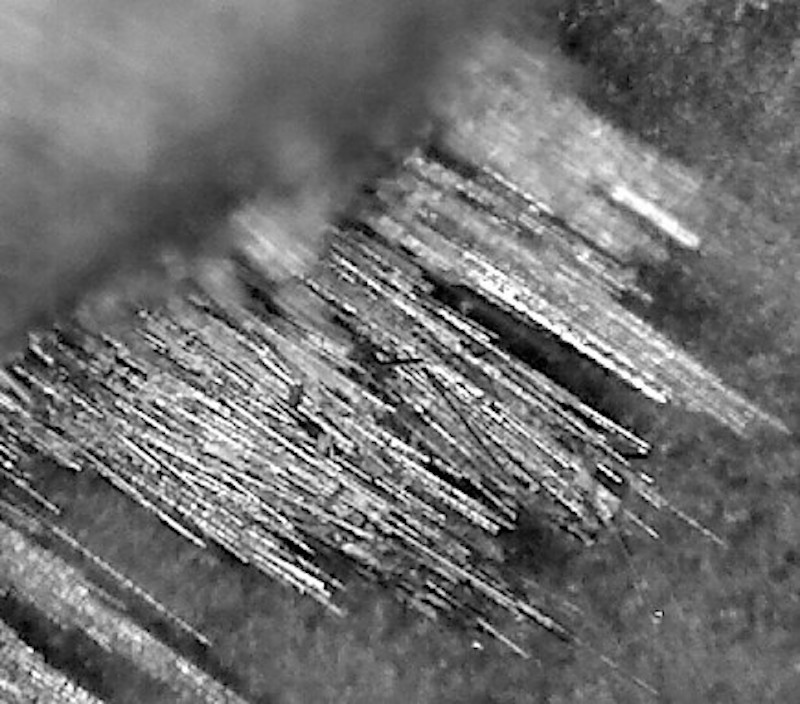
Running a small product design and 3D printing business, shookideas.com, I receive questions about carbon fiber filament almost every week.
When people hear the words “carbon fiber” they immediately start to imagine scenes containing the most extreme engineering applications in the automotive, cycling, and aerospace industries. For the most part, they’re right. Molded carbon fiber is an amazingly strong and rigid material, yet it is very lightweight. The list of applications for a material with these characteristics goes on an on especially as the market price for raw carbon fiber comes down. So, I understand the amount of questions I receive.
So then, what does carbon fiber 3D printing filament really have to offer to the desktop 3D printing consumer? When I’m analyzing new materials to stock in our shop’s inventory, I ask a few basic questions.
What is the filament made out of? Most carbon fiber filaments are just PLA or another 3D printing plastic mixed with shredded bits of carbon fiber. Compared to the carbon fiber you see on a Ferrari or Porsche, we’re talking a completely different combination of materials. Those parts are high performance components manufactured through the process of molding. This requires machining a tool, laying out the carbon fiber fabric, applying an epoxy resin, and then curing the part in a high pressure, high heat environment. So, besides both materials containing little fibers made out of carbon, they are worlds apart from the chemistry and processing standpoints. To make matters worse, one of the main reasons why I choose other materials over PLA, the base polymer in the filament, is because it is brittle and prone to cracking. Once carbon fiber is added into the mix, the material becomes even more brittle. Things aren’t looking good so far.
Visually, how do the parts look after they’ve been 3D printed? This is the area where carbon fiber filament does best. In my opinion, the parts are aesthetically pleasing with a matte black finish. PLA and most other materials have a glossy shine to them, so this is a differentiating feature. But, I’m a self-proclaimed 3D printing nerd and when I try to imagine this from a general public perspective, once again things aren’t looking good. Unfortunately, the parts don’t look anything like the beauty of molded carbon fiber. Molded carbon fiber parts have an iconic “weave” pattern that you can see from the carbon fabric frozen in suspended animation beneath the epoxy resin. So, if you were expecting people to immediately recognize your parts as “carbon fiber”, think again. You’ll have to tell them about it.
Next, what are the “printed” part properties? Said in anther way, how could I use this material for an application in every day life? I’m usually able to answer this question by simply searching on Google for products that already use the material in mass manufacturing. Once again, this is an issue because everything that comes up relating to the term “carbon fiber” points to applications I wouldn’t dare with FDM 3D printing. Would a normal hobbyist or small business operator recognize this before actually buying the material?
Self admittedly, I bought carbon fiber filament before I started to understand these issues. But, in almost every case I’ve seen, I’ve found there are huge differences in tensile strength, impact strength, durability, and much more when comparing to the manufacturing methods we’re used to. In general, desktop extrusion 3D printers make parts that are 30-40% weaker in tension than their injection molded counterparts. I’m not aware of any specific data on this subject, but in the case of molded carbon fiber vs. printed carbon fiber I would guess that the strength difference is orders of magnitude less rather than a simple percentage. That’s a critical point of reference when I’m trying to engineer and test the parts I’m 3D printing.
And finally, how much does it cost? Surveying the current suppliers, Proto-Pasta, MatterHackers, and 3DXTech, it looks like the lowest prices come in at around $65 per kg with other prices going up well over the $100 per kg mark. Those are some steep price points for a filament that doesn’t look like normal carbon fiber, doesn’t have the strength of molded carbon fiber, and is even more brittle than PLA.
So, is this carbon fiber filament trend just a marketing gimmick or am I missing something? I would love to hear your comments and about projects relating specifically to carbon fiber filament. Until next time, keep printing my friends!
Image Credit: Wikipedia

